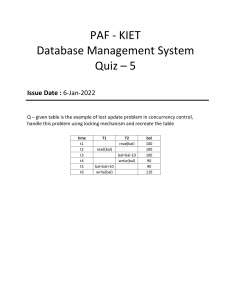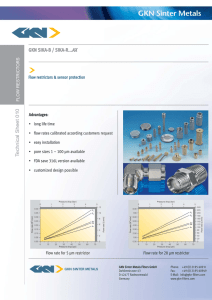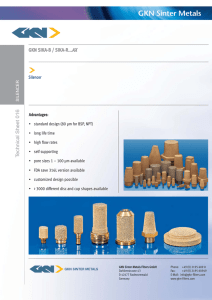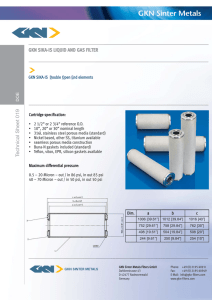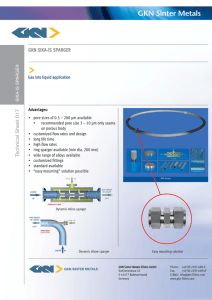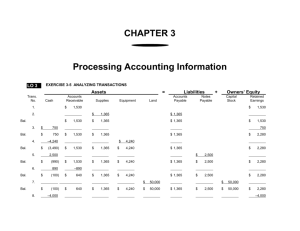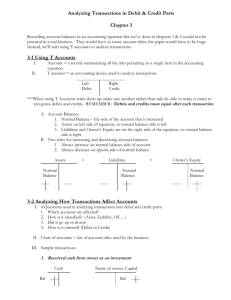Effect of bronchoalveolar lavage on lung function in healthy cats
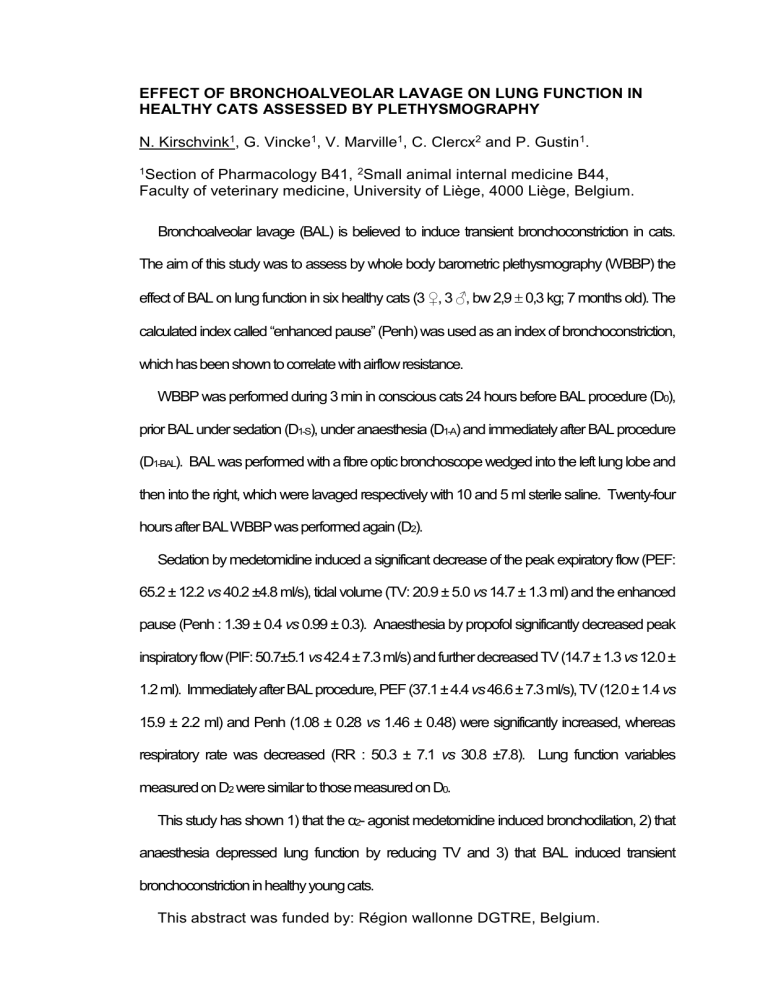
EFFECT OF BRONCHOALVEOLAR LAVAGE ON LUNG FUNCTION IN
HEALTHY CATS ASSESSED BY PLETHYSMOGRAPHY
N. Kirschvink 1 , G. Vincke 1 , V. Marville 1 , C. Clercx 2 and P. Gustin 1 .
1 Section of Pharmacology B41, 2 Small animal internal medicine B44,
Faculty of veterinary me dicine, University of Liège, 4000 Liège, Belgium.
Bronchoalveolar lavage (BAL) is believed to induce transient bronchoconstriction in cats.
The aim of this study was to assess by whole body barometric plethysmography (WBBP) the effect of BAL on lung func tion in six healthy cats (3 ♀, 3 ♂, bw 2,9
0,3 kg; 7 months old). The calculated index called “enhanced pause” (Penh) was used as an index of bronchoconstriction, which has been shown to correlate with airflow resistance.
WBBP was performed during 3 min in conscious cats 24 hours before BAL procedure (D
0
), prior BAL under sedation (D
1-S
), under anaesthesia (D
1-A
) and immediately after BAL procedure
(D
1-BAL
). BAL was performed with a fibre optic bronchoscope wedged into the left lung lobe and then into the right, which were lavaged respectively with 10 and 5 ml sterile saline. Twenty-four hours after BAL WBBP was performed again (D
2
).
Sedation by medetomidine induced a significant decrease of the peak expiratory flow (PEF:
65.2 ± 12.2 vs
40.2 ±4.8 ml/s), tidal volume (TV: 20.9 ± 5.0 vs
14.7 ± 1.3 ml) and the enhanced pause (Penh : 1.39 ± 0.4 vs 0.99 ± 0.3). Anaesthesia by propofol significantly decreased peak inspiratory flow (PIF: 50.7±5.1 vs 42.4 ± 7.3 ml/s) and further decreased TV (14.7 ± 1.3 vs 1 2.0 ±
1.2 ml). Immediately after BAL procedure, PEF (37.1 ± 4.4 vs
46.6 ± 7.3 ml/s), TV (12.0 ± 1.4 vs
15.9 ± 2.2 ml) and Penh (1.08 ± 0.28 vs 1.46 ± 0.48) were significantly increased, whereas respiratory rate was decreased (RR : 50.3 ± 7.1 vs
30.8 ±7.8). Lung function variables measured on D
2
were similar to those measured on D
0
.
This study has shown 1) that the α
2
- agonist medetomidine induced bronchodilation, 2) that anaesthesia depressed lung function by reducing TV and 3) that BAL induced transient bronchoconstriction in healthy young cats.
This abstract was funded by: Région wallonne DGTRE, Belgium.
